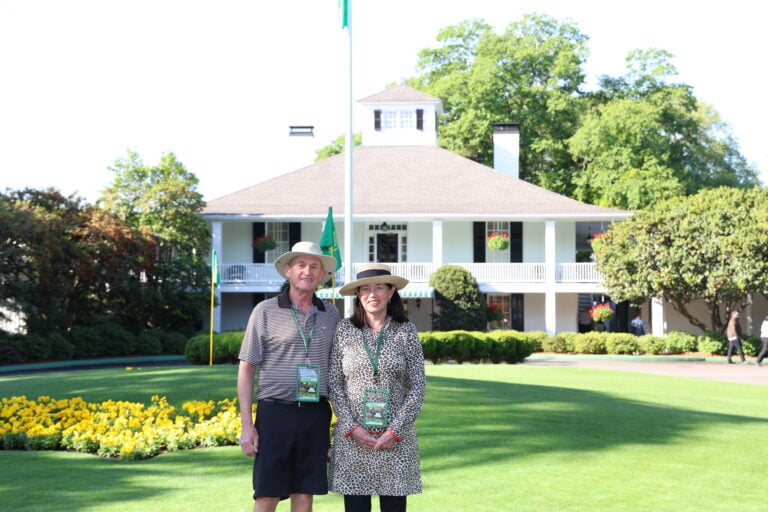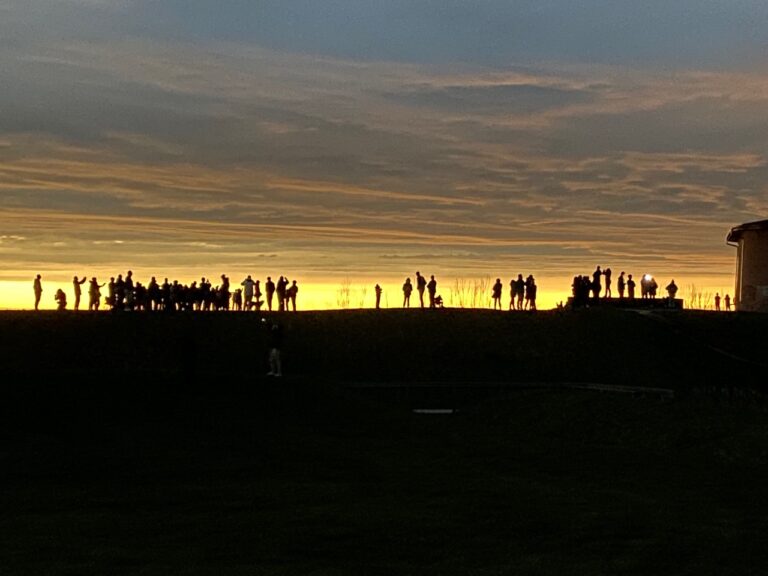This week’s COP26 Glasgow Climate Change Conference has brought delegates, world leaders and activists together with the urgent aim of reducing carbon emissions and preventing further temperature increases that, if unchecked, will have catastrophic future consequences for the world.
The New York Post’s editorial board's headline of Oct. 30 states, “Glasgow idiocy! Climate change isn’t remotely the world’s No. 1 problem” and it goes on to say: “The hype over the Glasgow climate summit is the usual over-the-top nonsense … Extreme weather is not growing more common and an ever-richer world handles it better …”
One might ask what planet do owner Rupert Murdoch and his New York Post editors live on?
We might consider a German Weimar era painting by George Grosz, “Eclipse of the Sun,” created in 1926 in Berlin, which reveals how short-term interests of those wielding power and economic resources can lead a nation to financial collapse, poverty and hunger, the loss of democracy, incarceration of those who disagree, corruption, increased militarization and ultimately war.
The “Sun” in the painting is a coin tarnished by the smoke and flames of the city in the background with its dollar sign symbolic of American money supporting the industrial growth of Germany after the First World War.
The president, Gen. Paul von Hindenburg, wears his bemedalled uniform, a victory laurel wreath perched on his head. He is solid and stolid, flushed, staring fiercely ahead with an aggressive mouth and mad dog bared teeth beneath his swooping military moustache.
A crucifix and a blood-stained sword lie on the table in front of him. Here is the man who in seven years will appoint Adolf Hitler as chancellor of Germany.
An industrialist, who holds toy-sized trains and armaments under his arm, leans over to whisper, lobbying conspiratorially into von Hindenburg’s ear. Headless bureaucrats sitting around the table in their formal suits and spats, mindlessly sign whatever paperwork is placed before them.
The blinkered donkey standing on a plank, nose to a trough of papers (promises? sports? entertainment?), is symbolic of the easily led common folk.
Another functionary has his foot on a floor grill under which an imprisoned activist youth, wide-eyed and innocent, looks up at the proceedings. An all-knowing skeleton, representing death, lurks in the bottom right, tethered to the plank holding the donkey.
Who was this remarkable artist? Grosz, born in Berlin in 1893, was famous in Germany for his fearless caricature drawings and paintings of Berlin life in the 1920s. He was a founding member of the irreverent anti-war and nihilistic Berlin Dada group of artists and the New Objectivity movement.
Grosz’s dark, humorous style and use of satire was highly influential among his contemporaries and his unflinching paintings influenced future artists such as Francis Bacon and Lucien Freud.
Once the Nazis came to power in 1933, it was inevitable that they would come for Grosz. He fled with his family to the United States in 1933 and became a teacher at the renowned Art Students League of New York.
He exhibited but his work had changed. It lost its bite in America. In May of 1959, he returned to West Berlin and two months later, after a night of drinking, fell down some stairs and died.
Penny-Lynn Cookson is an art historian who taught at the University of Toronto for 10 years. She was also head of extension services at the Art Gallery of Ontario. Watch for her upcoming lectures in 2022 for the Pumphouse in Niagara-on-the-Lake and RiverBrink Art Museum in Queenston.










